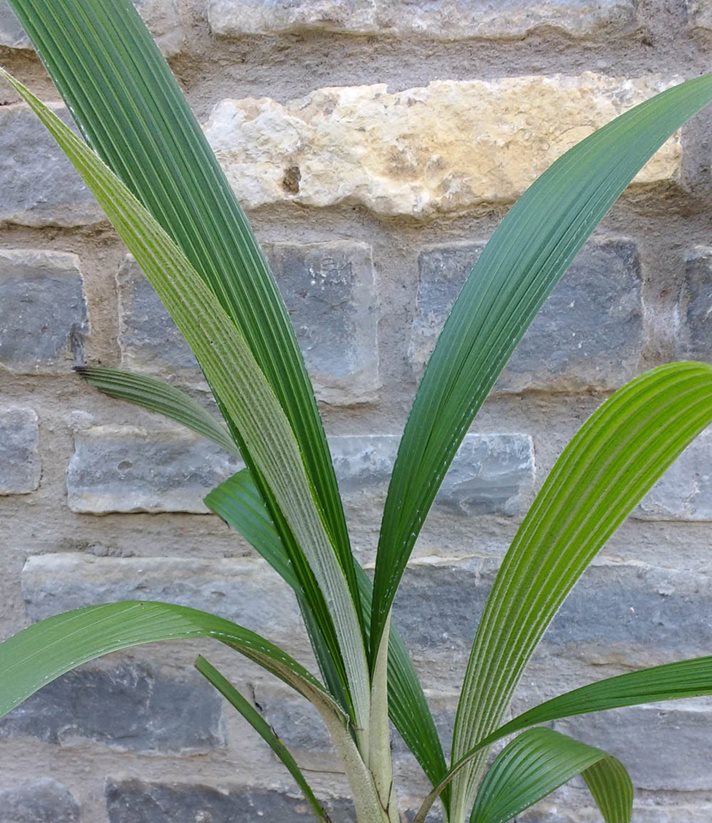Stretching the Limits

It’s that time of year again when I go off on the hunt for new treasures, sandwiched in amongst other activities, so as to give the appearance we are on holiday. We get in the car with the rest of the family moaning and groaning, “sorry where did you say we were going today Mummy?”, as I whizz them down narrow country lanes. “Only two nurseries today” on route to an English Heritage castle or museum or the like, not mentioning the thirty something miles in between!
My family may not agree, but I have to say I’m so much more restrained than I used to be – doing all my research beforehand, checking which varieties I’m going to look for, and trying not to deviate from the list. Well you have to when you have two kids and a husband drumming their fingers on the dashboard waiting, not to mention a bulging at the seams garden. Some of these plants have been on the ‘desirability’ list for a while; some I already grow and I’m just looking to increase clump sizes. Then there are the ones on the list that you just can’t get for love nor money.
Take Danae racemose for example. The Alexandrian Laurel or Poet’s Laurel and a relative of asparagus. Approximately 21 nurseries claim to stock this in the plant finder. Others claim to sell seed. Ask a nursery man for this and they’ll look at you like you are asking for something that grows on Mars and laugh, if of course they know what you are talking about.
Think Ruscus aculeatus (Butchers Broom) and its wonderful ability to grow in dry shade, then Danae racemose does the same, but without the spiky foliage. This is a fantastic plant where stems are harvested for the cut flower industry (they last for months in water), so why on earth this is so difficult to obtain a plant of in a nursery I really don’t know. It’s slow to spread in dry shade, but give it more moisture and it will bulk up quicker. Seed can be a lengthy process, taking 5 – 7 years to germinate, but even that as a given, still doesn’t justify its scarcity. There are other plants which can take just as long and usually the price reflects this.
Danae was once a very popular garden plant in Victorian times, but alas fell out of favour as so many plants have done and now seems so difficult to obtain, you must treasure it when you do get hold of one and look forward to the beautiful orange-red berries which appear in summer and last through to winter. We can’t let such a ‘good doer’ plant that will grow in the densest of shade be gone from our gardens forever.
Of course as I mentioned earlier, I must try not to deviate from the list! Well technically I didn’t as it was my husband’s keen eye that spotted this one (haven’t I trained him well?), and what a find it was. Curculigo crassifolia. Can’t say I had ever come across this before, but it seems to be right for our garden and strangely enough it appealed to both of us.
It resembles a young palm seedling with lovely linear shaped leaves which are pleated and evergreen. These can get up to an amazing 1.5 metres in length, with an indumentum (fine covering of hairs) beneath. Curculigo grows in rock crevices and bog edges in North Vietnam and the foothills of the Himalayas, in sun or shade and is supposedly drought tolerant. We’re going to experiment with ours in a container as a specimen plant, and if we get a harder winter will move it under cover. Sometimes I think it pays to stray off the beaten track and off the list for that matter.